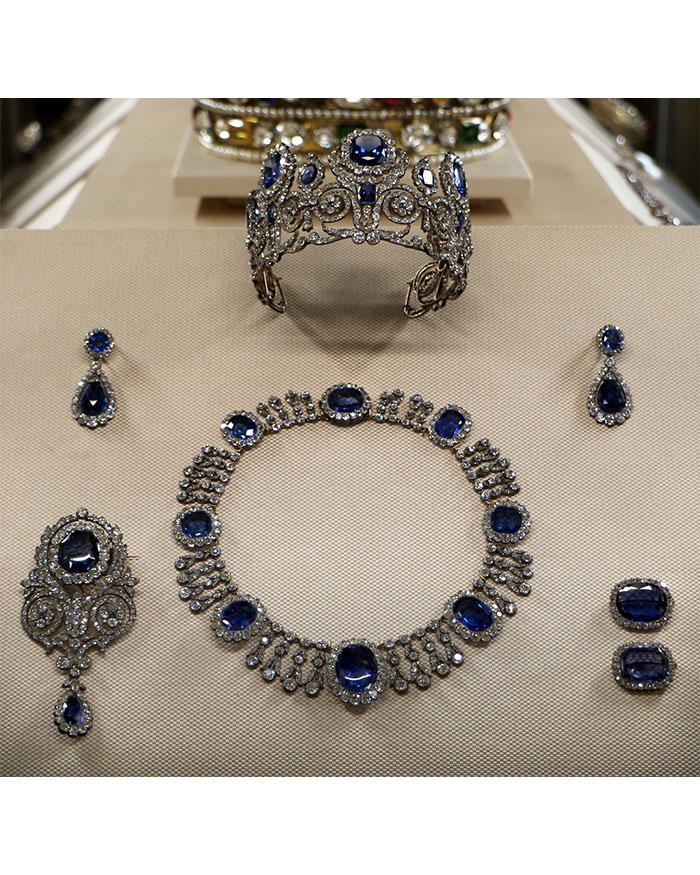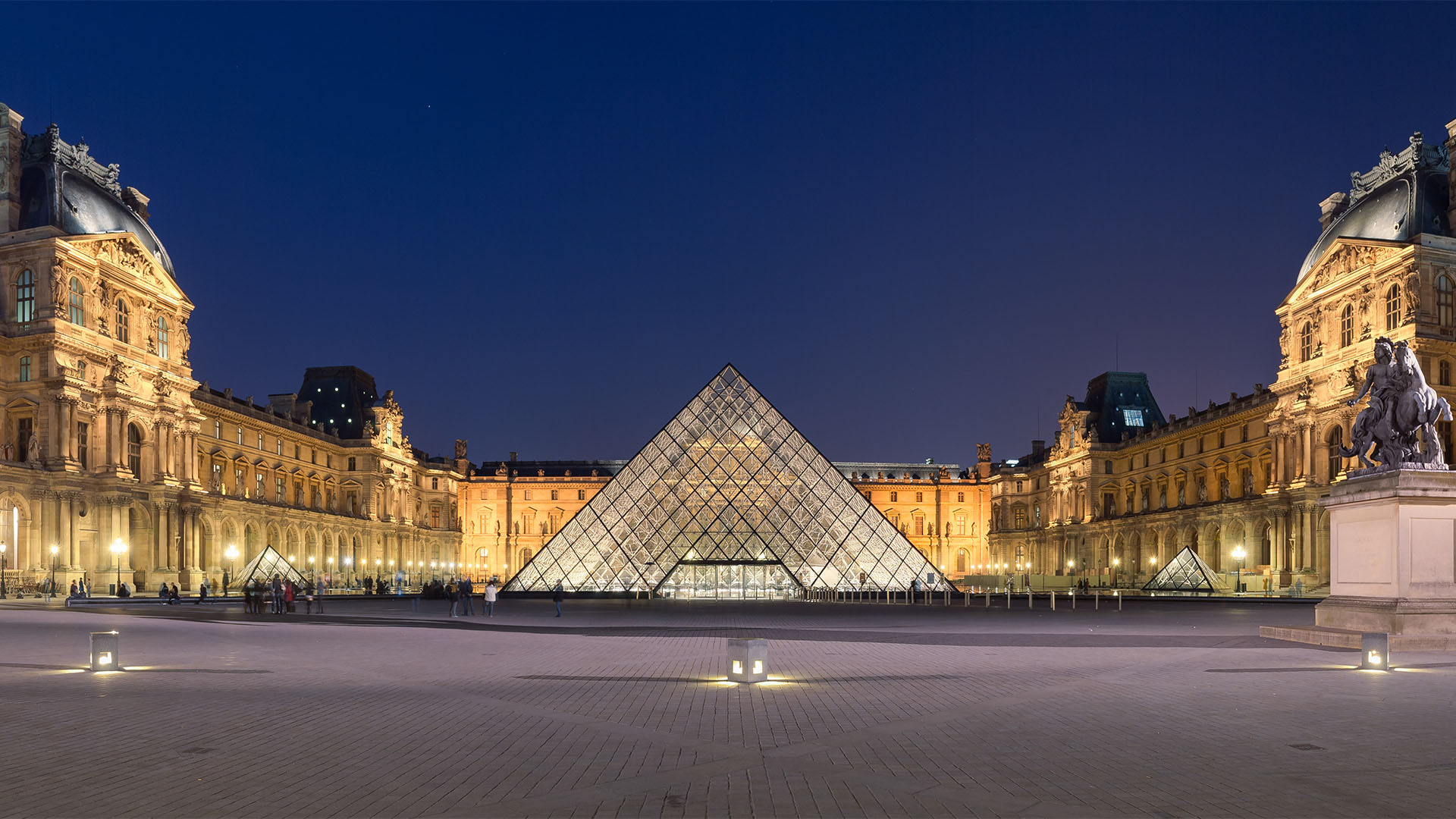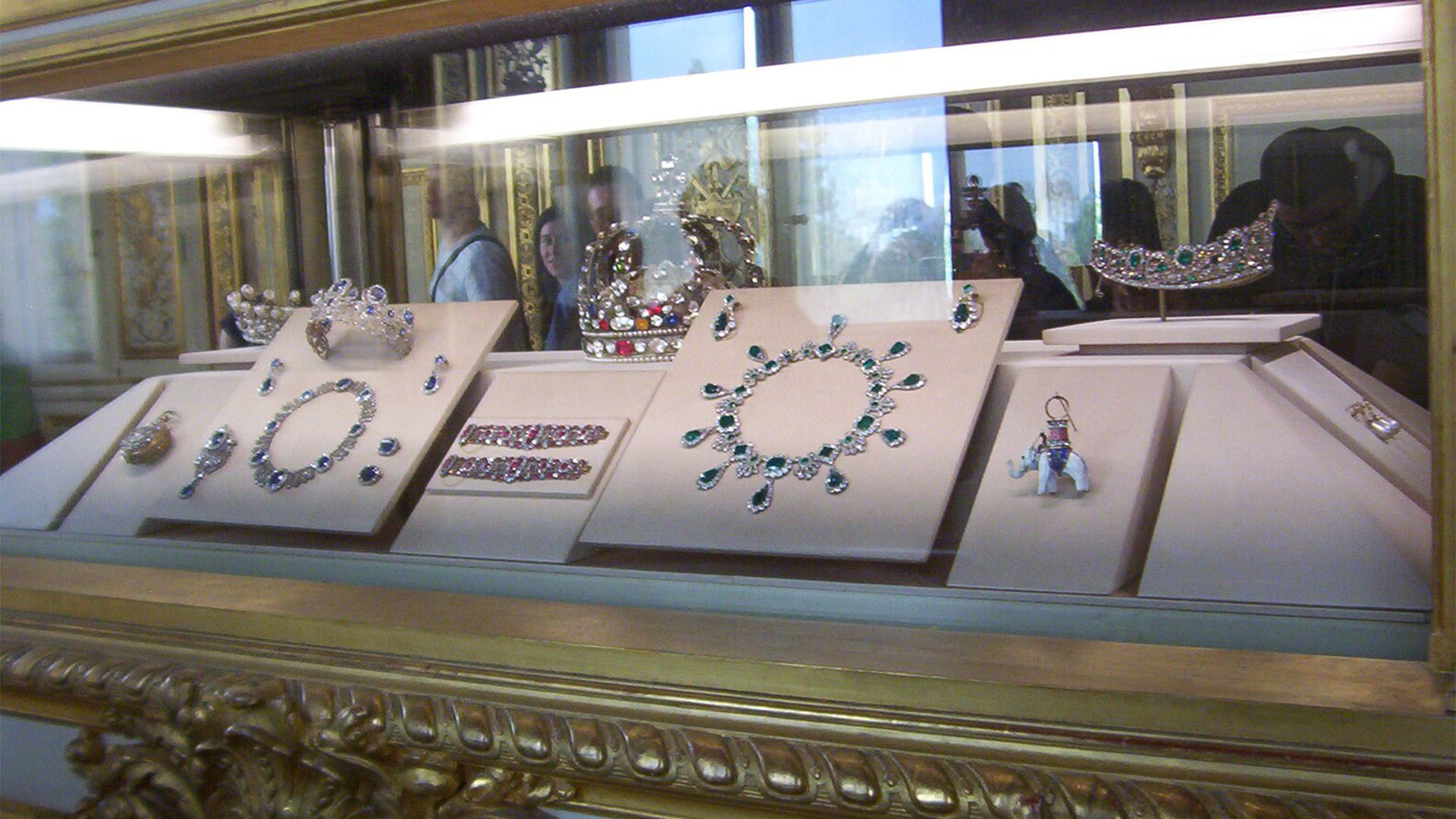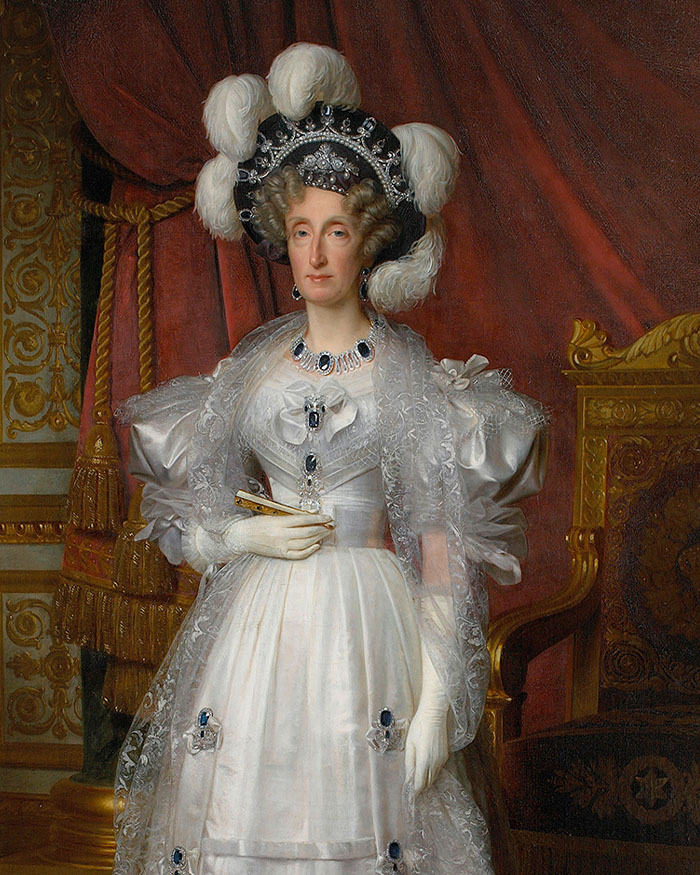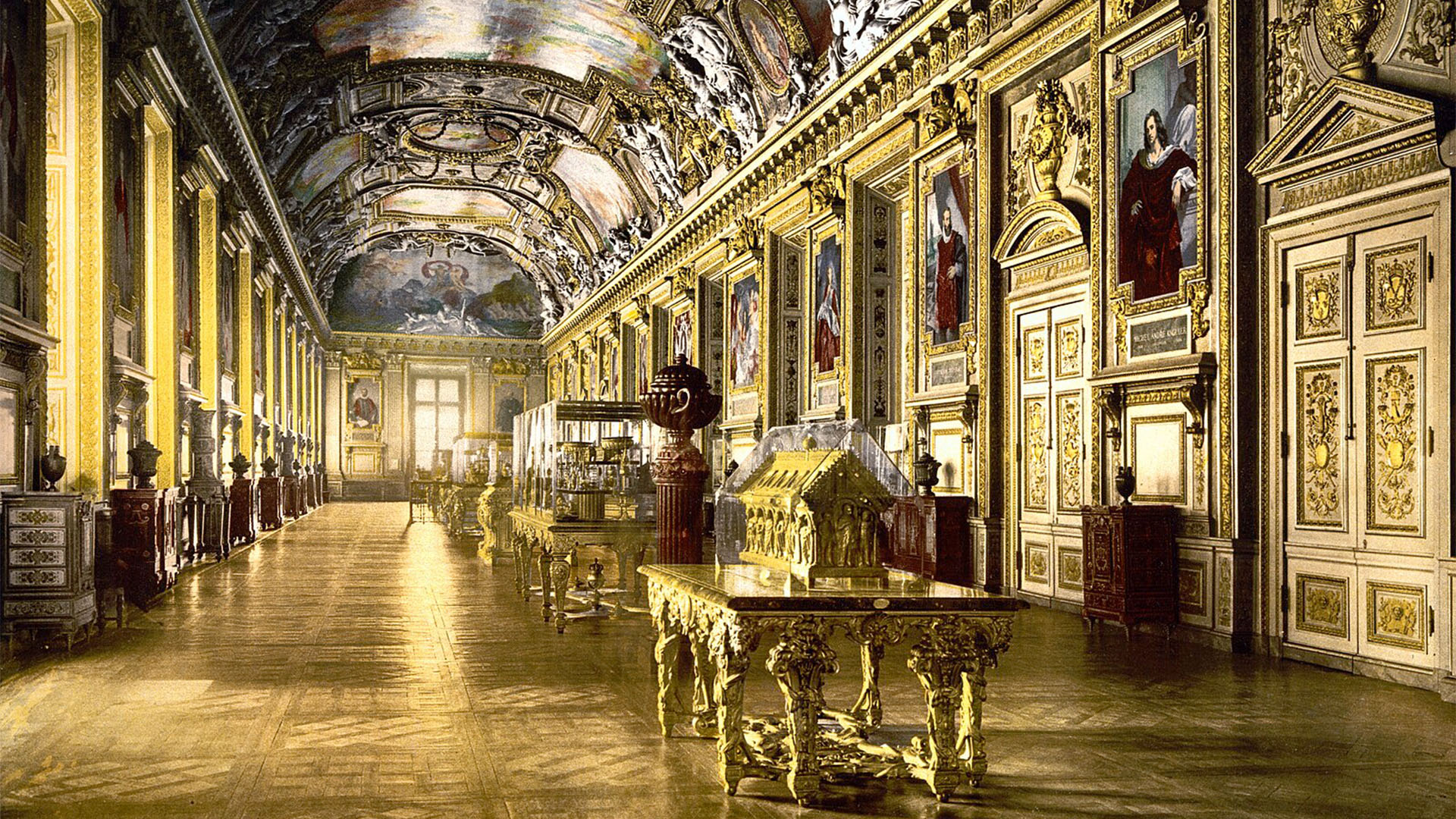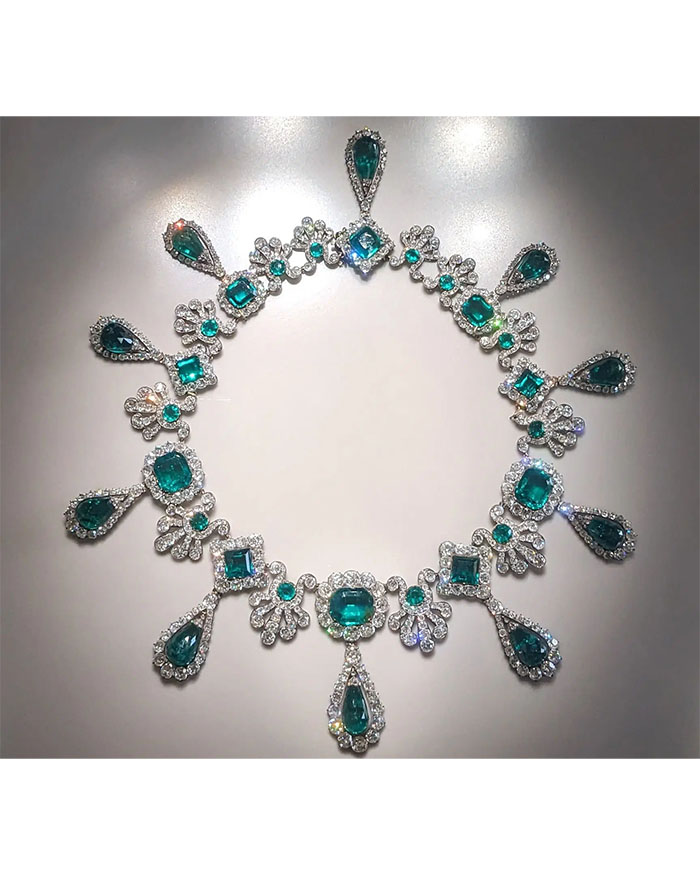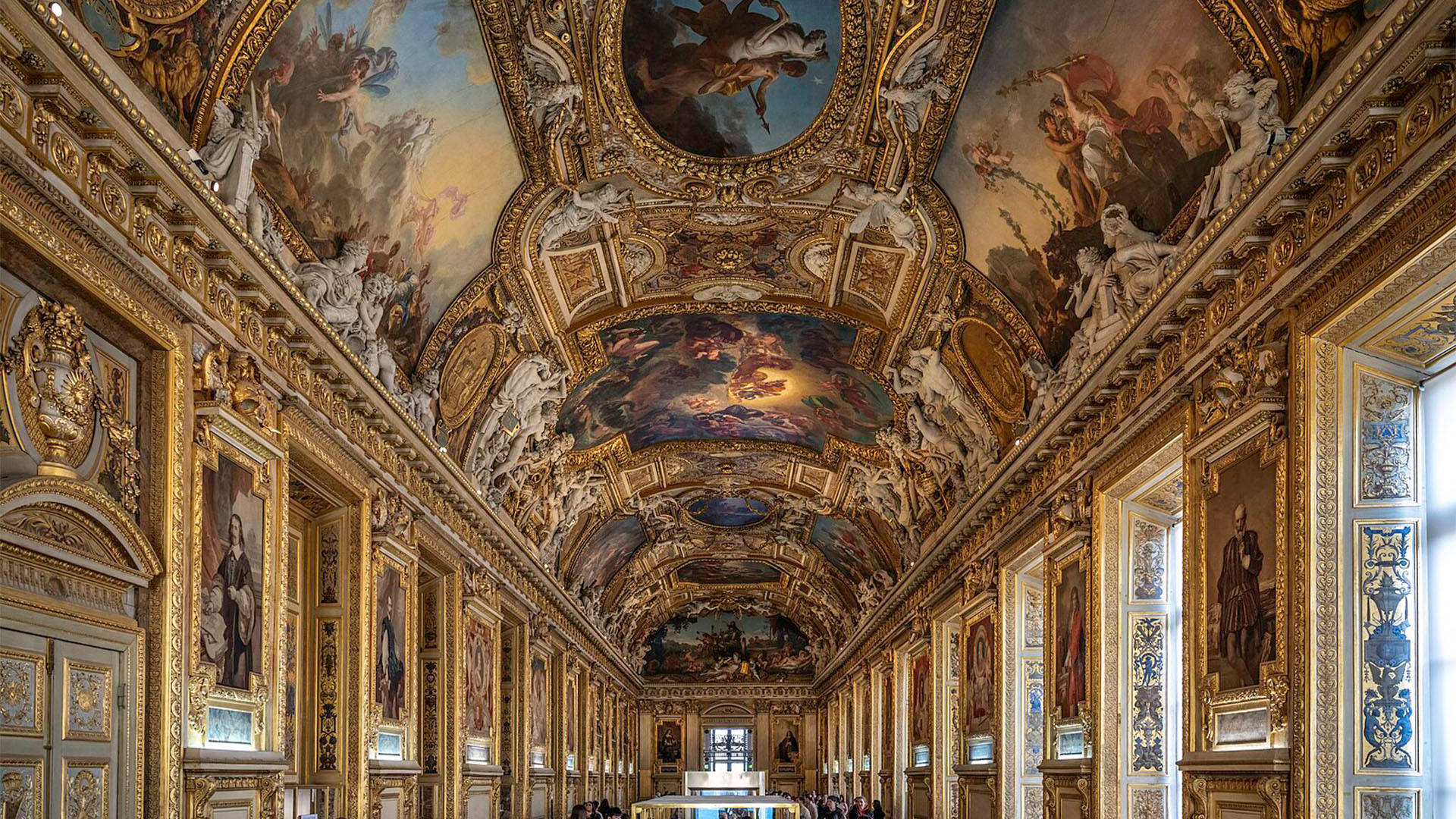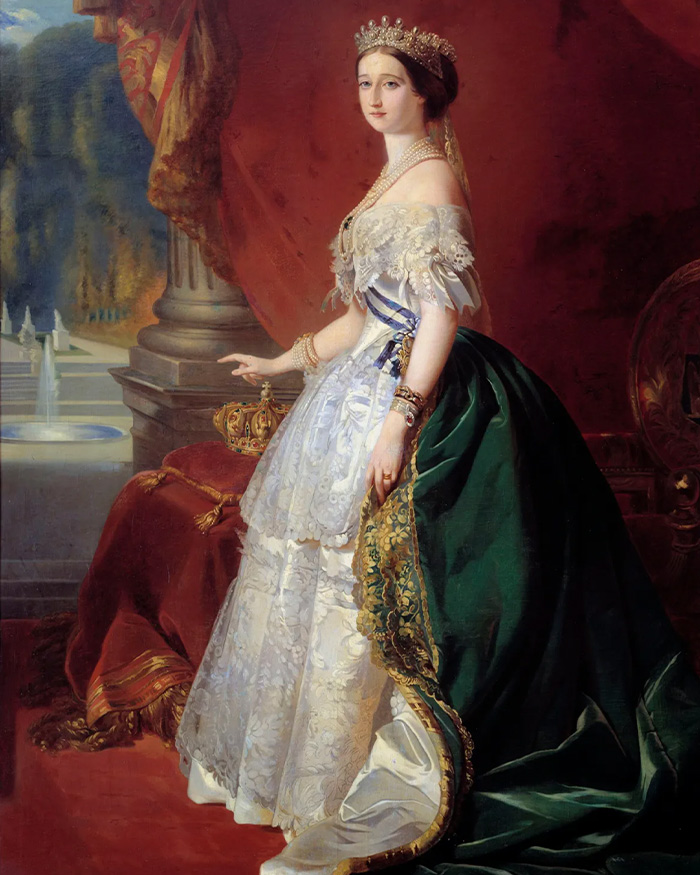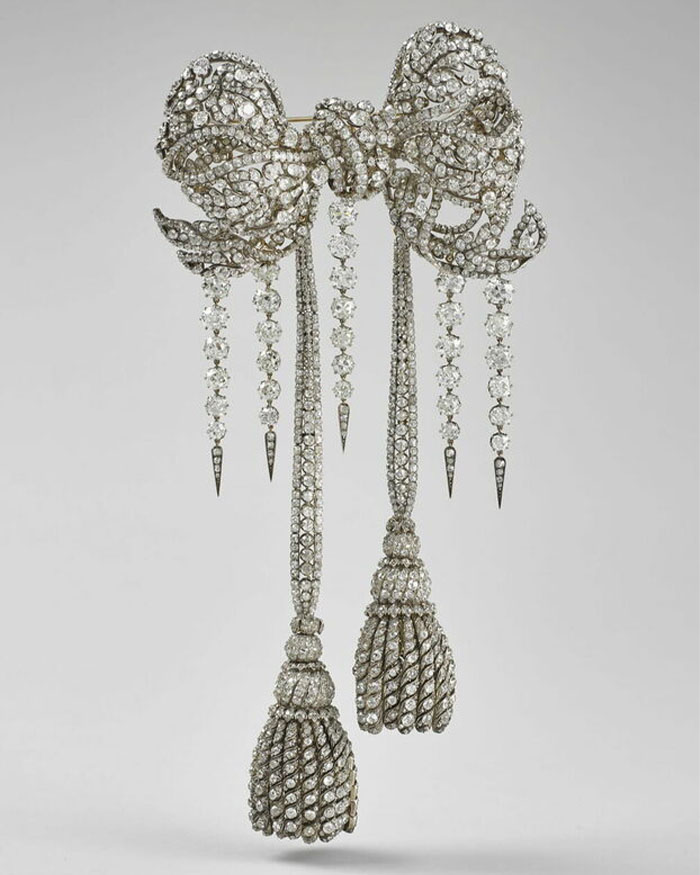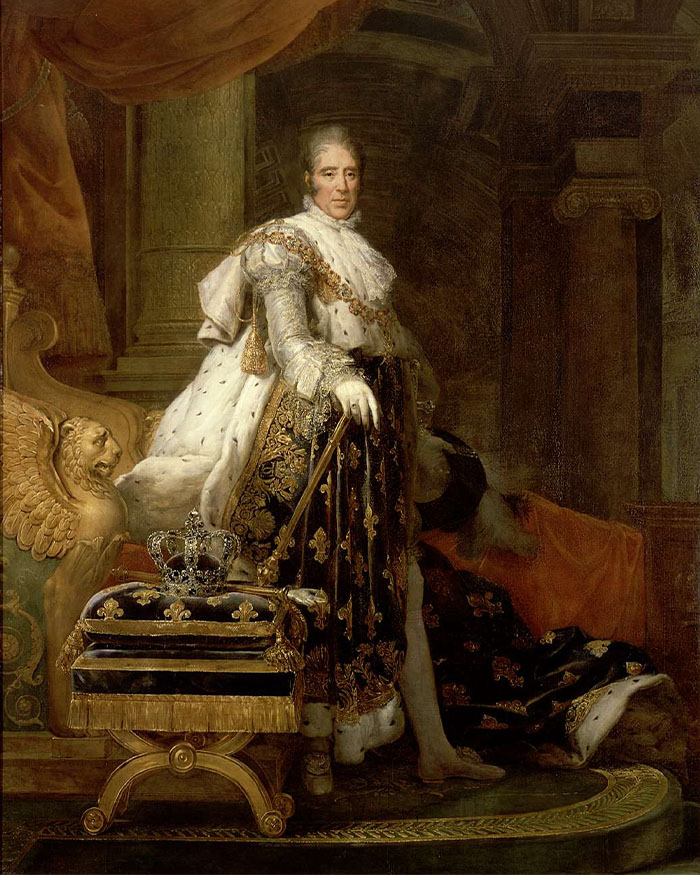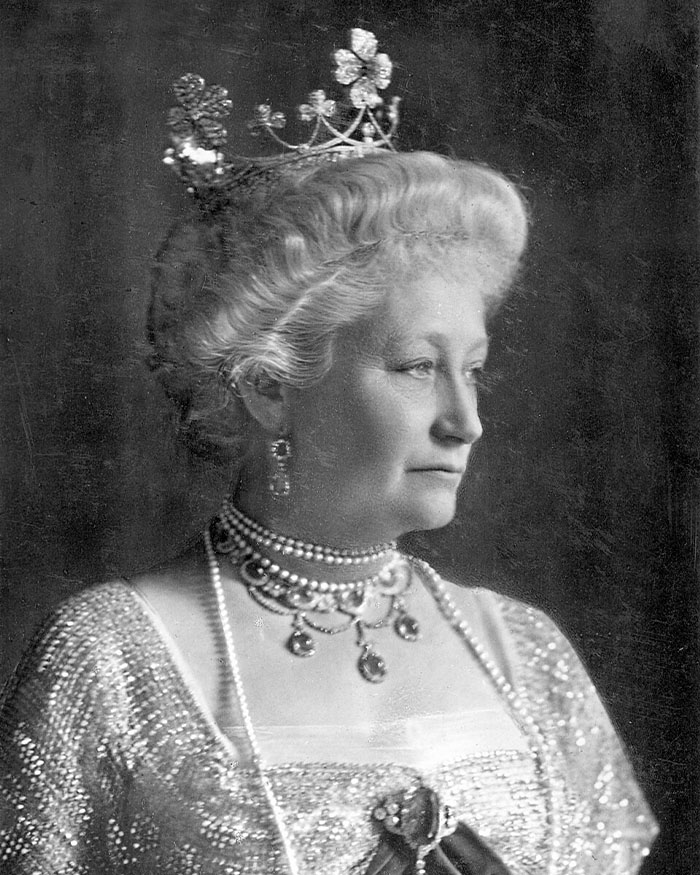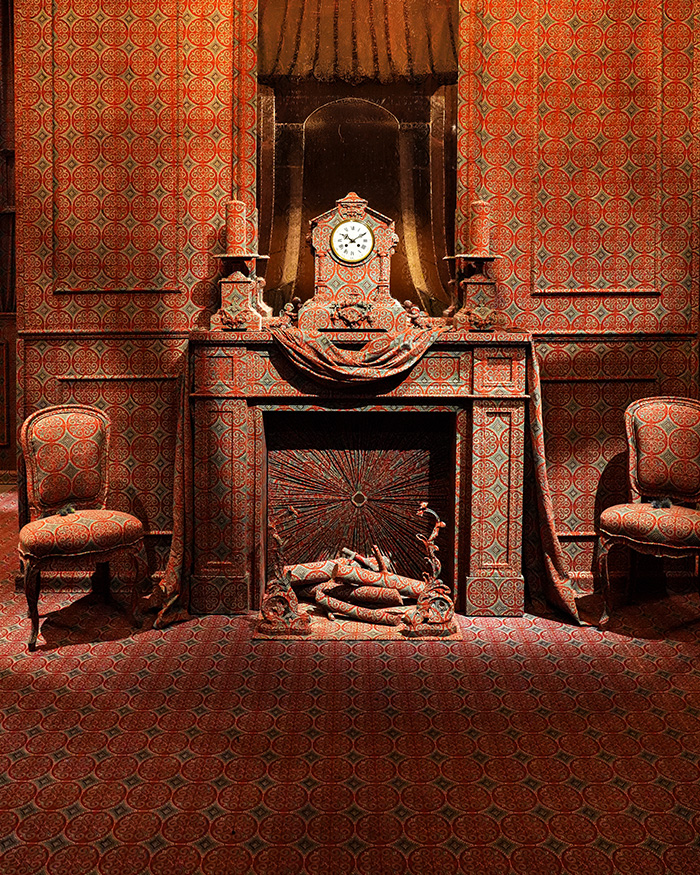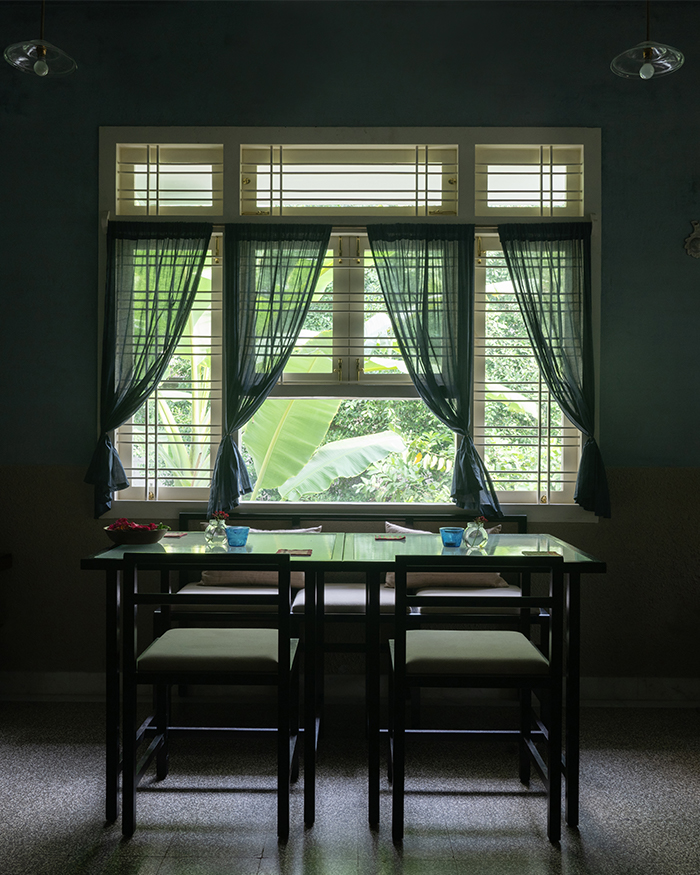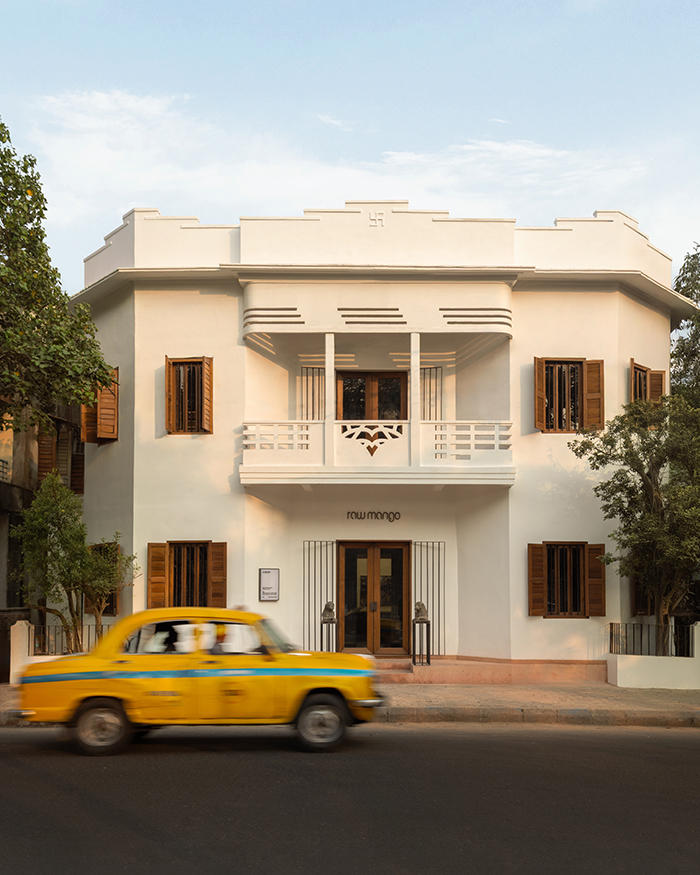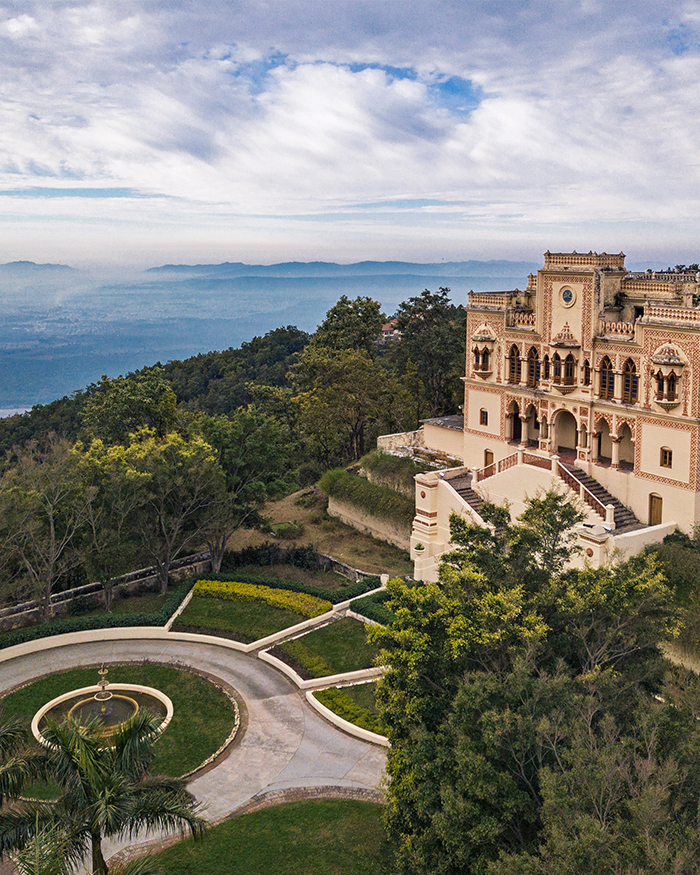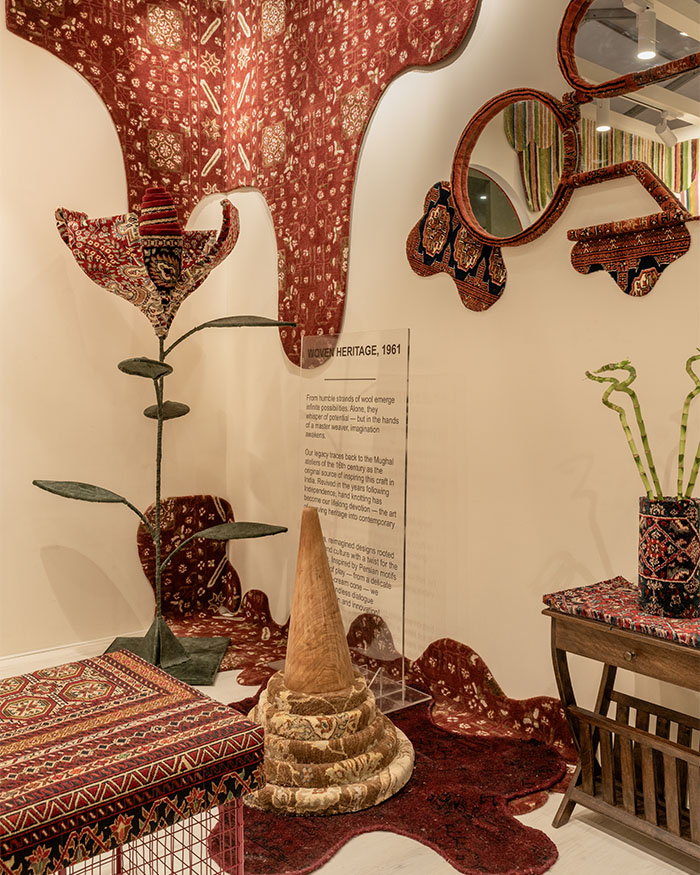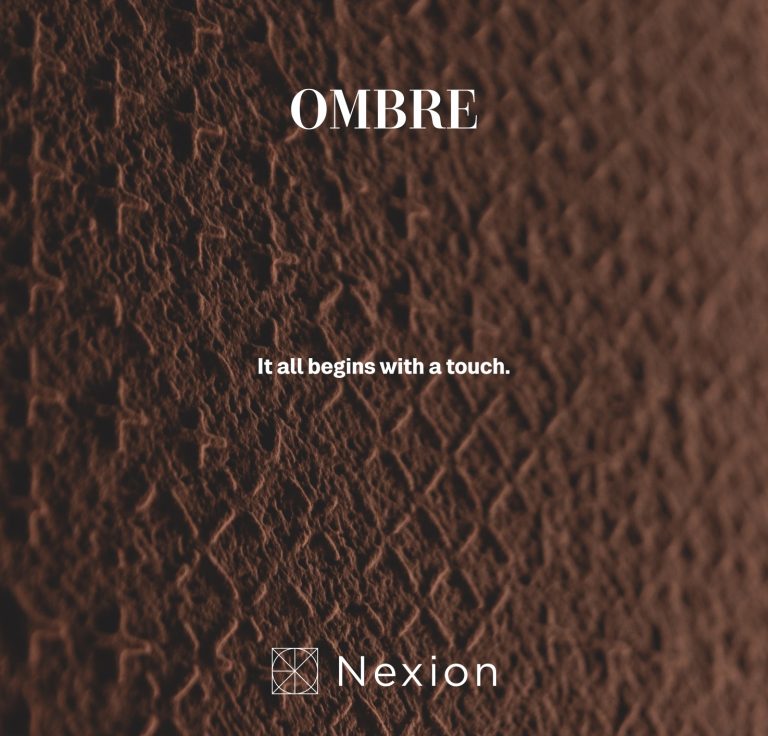We plundered the planet, colonised the mines, swapped geological miracles for paperwork and then hired curators to call it culture. When the Louvre recently discovered that a few of its Crown Jewels had staged a quiet, glass-shattering exit in under eight minutes, the world gasped. How could someone steal away a piece of history? As if history itself weren’t one long, beautifully cut act of theft. A gallery of quiet robberies and centuries of conquest re-cut into art, faith and ornament. Indian courts once wore Golconda diamonds in turbans; European queens later reset the same stones into tiaras.
WHOSE LOSS ARE WE MOURNING?
Because the missing diamonds and emeralds didn’t exactly spring from French soil. Europe had no historic diamond mines of significance; diamonds in European regalia arrived first from India (Golconda), then Brazil (1720s–1860s), and later South America (post-1867). That’s diamond-history 101!
By the time they reached Europe, they were rebranded as heritage. And ever since, whenever one (or eight) disappear, headlines scream foul play. That’s adorable. If anything, the stones have simply gone back to the shadows of uncertainty, to the chaos from which they came. Maybe, they longed for mischief, to perhaps draw blood again, cause another war? Or maybe they just got tired of carrying the weight of empires, their vanity and their subsequent downfall.
"The crowns changed, the blood dried and the stones still sparkle. That's the cruel genius of a diamond. It reflects everything, but remembers nothing"
